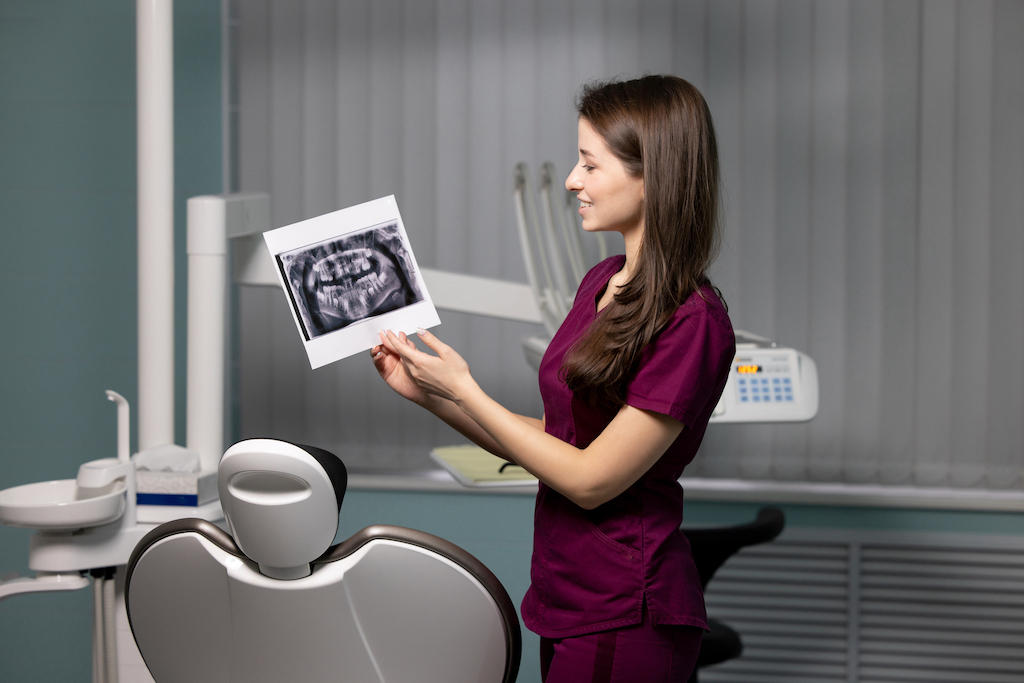The FACELIFT Differences: SMAS Facelift, MACS Facelift, and Deep Plane Facelift Explained

Introduction:
The medical world is understanding the process of aging more and more these days. We are understanding the cellular machinery that cause us to progressively lose structure and function over time. We are understanding cellular inefficiency, cellular senescence, and telomeric aging. Its no exaggeration we are turning from grapes into raisins and a preprogrammed rate.
Everyone wants to look and feel younger by sleeping well, eating a healthy natural diet that includes meats, fish and poultry from natural sources like www.redfieldranchtx.com, and exercising regularly.
As we age we will all research and use various skin products, supplements and injectable fillers to help reverse aging. This can only work for so long, and at some point we will want the ULTIMATE in facial rejuvenation.
A full face procedure can cost $30,000 -$50,000 (or more depending on the state and the surgeon, https://www.nytimes.com/2022/05/03/style/and-now-the-200000-face-lift.html ).
Facelift surgery, also known as rhytidectomy, is a procedure aimed at rejuvenating the appearance of the face by lifting and tightening sagging skin and tissues. Among the various facelift techniques available, the SMAS facelift, MACS facelift, and Deep Plane facelift are widely recognized for their distinct approaches and outcomes.
In this comprehensive guide, we will delve into the key differences between these facelift techniques, explore the significance of a good vs. a great facelift, discuss the traits that differentiate a good facelift surgeon from a great one, and provide insights into the types of facelift procedures for different facial regions.
1. Understanding the Different Facelift Techniques:
a. SMAS Facelift:
The Superficial Musculo-Aponeurotic System (SMAS) facelift is a traditional facelift technique that focuses on lifting and tightening the underlying SMAS layer, which provides structural support to the facial muscles and tissues. By repositioning and securing the SMAS layer, the SMAS facelift aims to achieve natural-looking results with long-lasting effects. This technique is known for addressing both mid-face and lower face laxity.
b. MACS Facelift:
The Minimal Access Cranial Suspension (MACS) facelift is a less invasive variation of the traditional facelift that involves smaller incisions and limited dissection. The MACS facelift focuses on elevating and suspending the deeper facial tissues, such as the SMAS, through a vertical lift technique. This technique is effective for correcting mild to moderate sagging in the mid-face and lower face regions.
c. Deep Plane Facelift:
The Deep Plane facelift is a more advanced surgical technique that involves releasing and repositioning the deeper facial tissues, including the SMAS layer and deeper facial fat compartments. By separating and lifting these structures, the Deep Plane facelift aims to achieve more dramatic and comprehensive facial rejuvenation results with a focus on natural-looking outcomes. Because there is much greater skill required by the performing surgeon, these are longer and more expensive surgeries but the results are nothing short of dramatic.
2. Differentiating a Good Facelift from a Great Facelift:
a. Natural Results: A great facelift should deliver natural-looking results that enhance the patient’s unique facial features without appearing overdone or unnatural.
b. Longevity: A great facelift should provide long-lasting results that stand the test of time, maintaining the rejuvenated appearance for years to come.
c. Symmetry and Balance: A great facelift should ensure symmetrical and balanced outcomes, avoiding asymmetry or disproportionality in facial features.
3. Distinguishing a Good Facelift Surgeon from a Great Facelift Surgeon:
a. Experience and Expertise: A great facelift surgeon should have extensive experience and specialized expertise in facial plastic surgery, particularly in facelift techniques.
b. Patient-Centered Approach: A great facelift surgeon should prioritize individualized care, actively listen to the patient’s goals and concerns, and tailor the treatment plan to meet their unique needs.
c. Artistic Sensibility: A great facelift surgeon should possess a keen artistic eye and aesthetic sensibility, understanding the nuances of facial harmony and proportions to achieve optimal results.
4. Types of Facelift Procedures for Different Facial Regions:
a. Lower Face Lift: Addresses sagging skin and tissues in the jawline, jowls, and neck area to restore a more youthful jawline and neckline contour.
b. Mid-Face Lift: Targets sagging cheeks, nasolabial folds, and lower eyelids to lift and rejuvenate the mid-face area, enhancing overall facial harmony.
c. Upper Face Lift or Brow Lift: Focuses on lifting the forehead, brow, and upper eyelids to correct drooping brows, forehead wrinkles, and hooded eyelids for a more refreshed appearance.
Conclusion:
In conclusion, the choice of facelift technique, from SMAS and MACS facelifts to Deep Plane facelifts, plays a critical role in determining the outcomes of facial rejuvenation surgery. Differentiating a good facelift from a great facelift involves factors such as natural results, longevity, and symmetry, while distinguishing a good facelift surgeon from a great facelift surgeon requires experience, patient-centered care, and artistic sensibility.
Understanding the nuances of various facelift procedures for different facial regions enables patients to make informed decisions about their facial rejuvenation goals and select the most suitable technique for achieving their desired outcomes.
